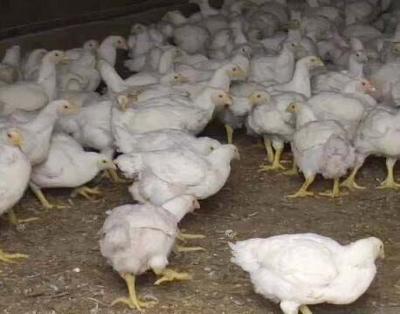ANNAPOLIS, Md. (WBOC/AP)- Maryland will sample air on the lower Eastern Shore to examine the potential effects of large poultry houses on air quality.
The Maryland Department of the Environment announced Tuesday that monitoring stations will collect preliminary data on ammonia and particulate matter levels near poultry houses for comparison with air quality elsewhere in the state.
The Keith Campbell Foundation for the Environment and Delmarva Poultry Industry have committed more than $500,000 to the effort and the department is responsible for technical aspects. The three parties signed a memorandum of understanding on Monday. After one year, the department will review results and consider relevant input on any further steps that might need to be taken.
The MDE is responsible for technical aspects of the monitoring such as the specification of equipment and the collection and analysis of air monitoring results. This effort is scheduled to continue for one year. At that point, the department will review results and consider relevant input on any further steps that might need to be taken.
“The Hogan administration is committed to sound science and environmental leadership in agriculture,” said Maryland Environment Secretary Ben Grumbles. “This innovative partnership for air quality monitoring will provide useful information to the public.”
Two new monitoring stations will be installed on the Lower Shore with equipment to measure ammonia and particulate matter while collecting information on weather conditions. Establishing the monitors near poultry houses is designed to provide results representative of any effects of concentrations of poultry houses throughout the Eastern Shore, according to the MDE.
The specific locations of new stations will depend on an evaluation of factors such as the availability of power, security and proximity to trees and man-made structures that might interfere with the quality of data. The MDE will consider the distance between a potential station site and a concentration of poultry houses and homes. The department expects to evaluate these factors over the next few months.
One of those two new stations will be upwind from poultry houses and one will be downwind to allow for a comparison, according to the MDE. Moreover, equipment to measure ammonia levels will be added to two existing MDE monitoring stations that already measure particulate matter to provide additional “baseline” levels for comparison with the stations near poultry operations. One will be north of the Lower Shore and one will be on the Western Shore.


